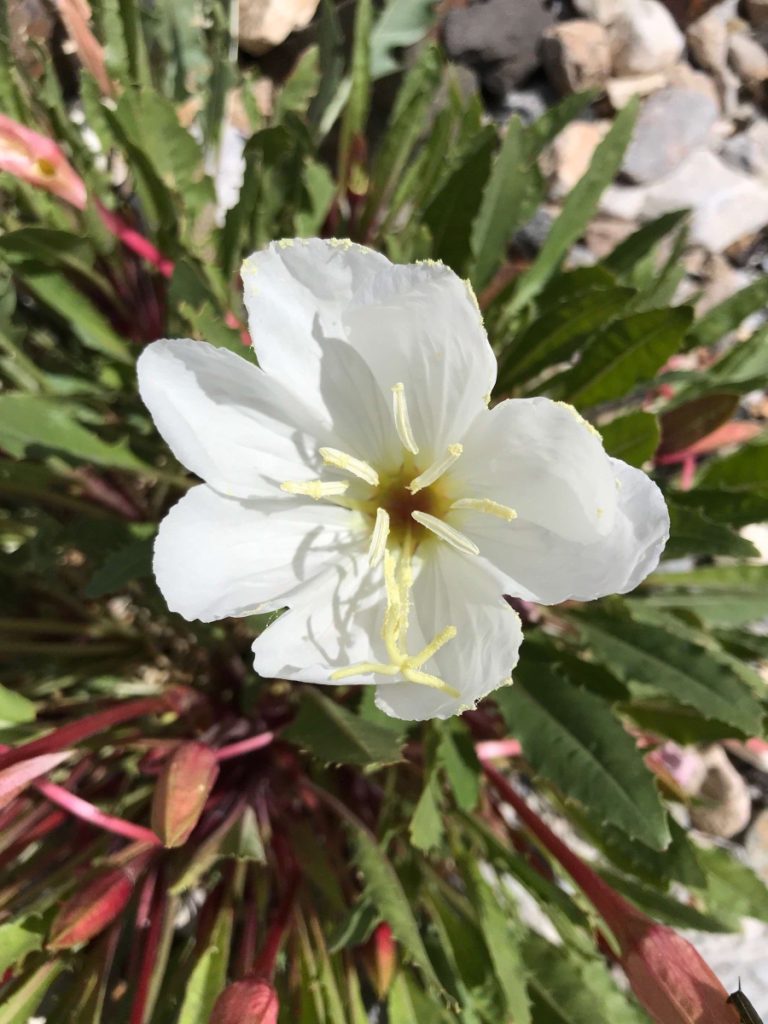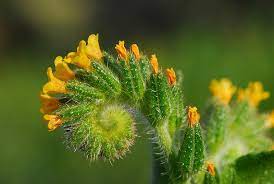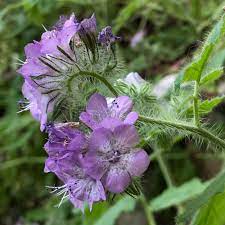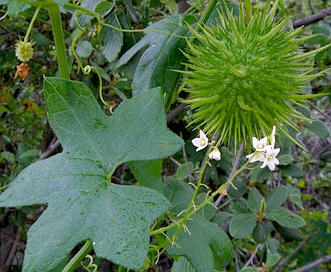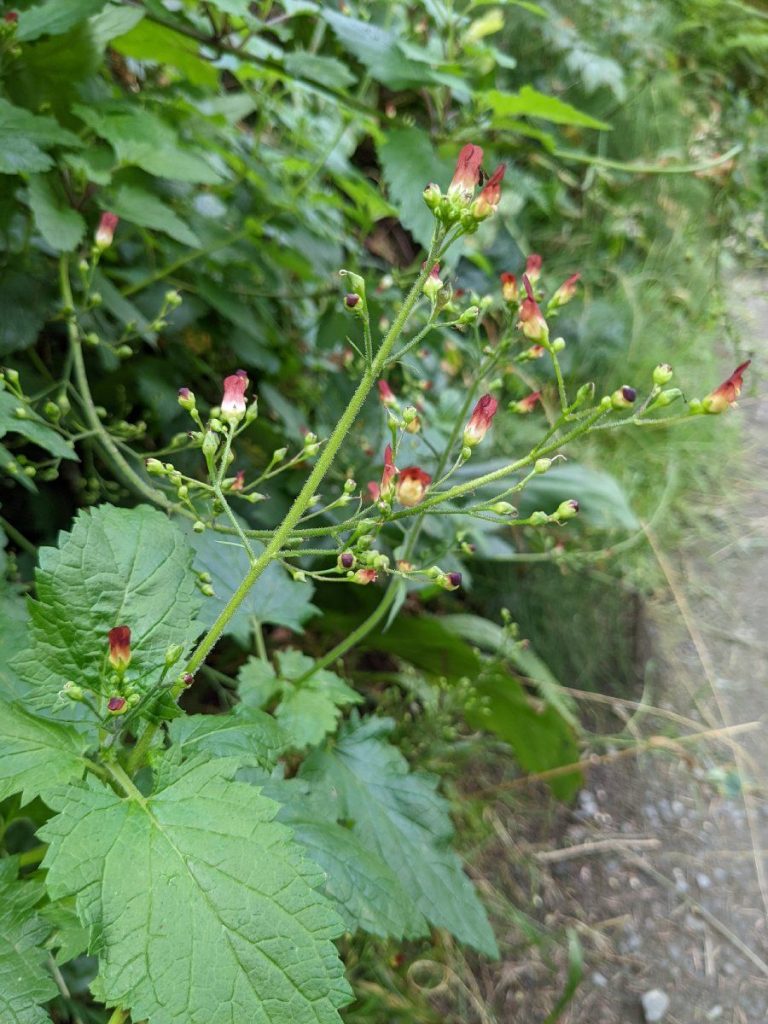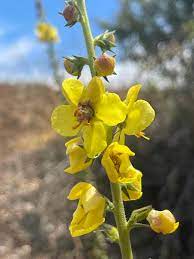Click here for Jepson YouTube video
Click here for Jepson key to family
The Onagraceae, the evening primrose family, has the following characteristics:
- Flowers: four petals and sepals, radial symmetry, bisexual.
- Inflorescence: clustered in spikes, racemes, or panicles, though some species may have solitary flowers.
- Sepals and Petals: Petals are larger and more colorful than the sepals.
- Stamens: twice as many stamens as petals. The stamens are arranged in two whorls, with the outer whorl having twice as many stamens as the inner whorl.
- Ovary: usually inferior, situated below the attachment of other floral parts.
- Fruit: capsule, which splits open to release numerous small seeds.
- Habitat: temperate and subtropical regions. Often found in moist or wet areas such as marshes, riverbanks, and along streams, but some species can also tolerate drier conditions.
- Importance: Some species are cultivated as ornamental plants for their attractive flowers. Some species have medicinal or culinary uses.
- Notable Genera: The Onagraceae family includes several notable genera such as Oenothera (evening primroses), Epilobium (willowherbs), and Fuchsia (fuchsias).
- Adaptations: Many Onagraceae species have adaptations for pollination by nocturnal insects, such as moths, due to their evening blooming habits. Some species also have specialized floral structures to accommodate specific pollinators.
